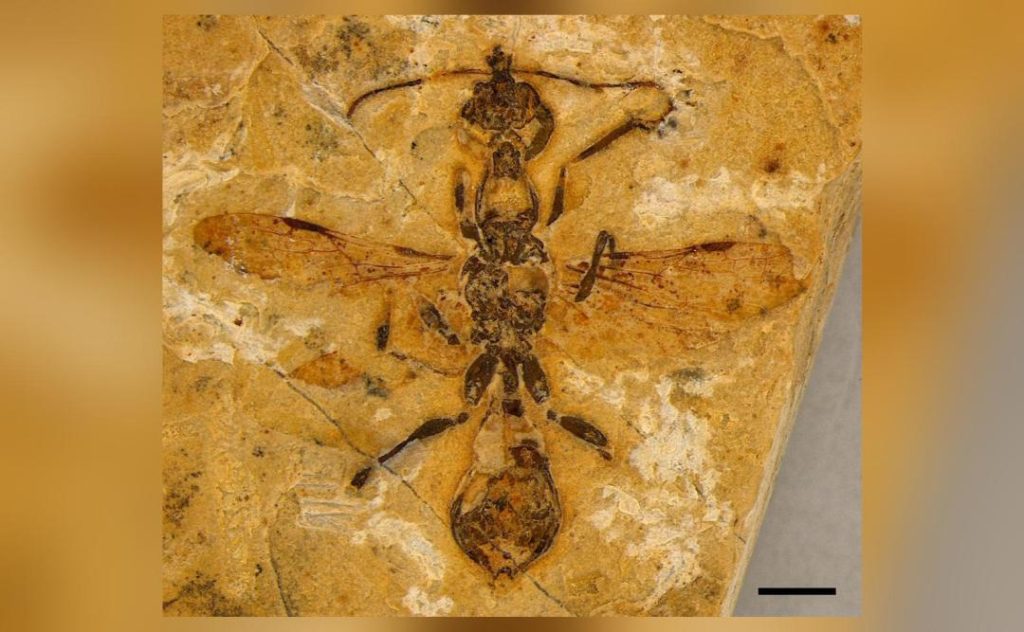
Hell Ant from 113 Million Years Ago Discovered
In a groundbreaking discovery, researchers in Brazil have uncovered a 113-million-year-old fossil of a hell ant, making it the oldest ant specimen known to science. The fossilized insect was unearthed in what is now northeastern Brazil, and scientists have given it the name Vulcanidris cratensis. What makes this find even more remarkable is the ant’s unique feature – scythe-like, upward-facing jaws that are unlike anything seen in modern ants.
The discovery was made by a team of paleontologists from the University of São Paulo, who were conducting excavations in the Crato Formation, a fossil-rich sedimentary basin in the northeastern state of Ceará. The region has yielded numerous important fossil finds in the past, including those of early dinosaurs and marine reptiles. However, this latest discovery is significant because it provides insight into the evolution of ants and the diversity of life on Earth during the Cretaceous period.
According to the study published in the journal Current Biology, the fossilized ant is remarkably well-preserved, with its body and appendages still intact. The researchers used a combination of X-ray computed tomography (CT) scans and 3D printing to reconstruct the ant’s body and study its anatomy in detail.
The most striking feature of Vulcanidris cratensis is its unique jaw structure. Unlike modern ants, which have downward-facing mandibles, the hell ant’s jaws are scythe-like and face upwards. This unusual morphology is thought to be an adaptation for capturing and processing prey, rather than for defense or social interaction.
The discovery of Vulcanidris cratensis has significant implications for our understanding of ant evolution. Ants are one of the most successful and diverse groups of organisms on the planet, with over 12,000 species found today. However, the fossil record of ants is relatively poor, with most known species dating back only to the Eocene epoch, around 50 million years ago.
The fact that Vulcanidris cratensis is more than twice as old as the next oldest known ant fossil suggests that ants may have evolved earlier than previously thought. The discovery also highlights the importance of the Crato Formation as a fossil site, which has the potential to yield many more significant discoveries in the future.
The researchers believe that Vulcanidris cratensis was likely a predatory ant that lived in a warm and humid environment, possibly in a forest or grassland. The ant’s diet would have consisted of small insects, spiders, and other invertebrates, which it would have captured using its unique jaw structure.
In conclusion, the discovery of Vulcanidris cratensis is a major breakthrough in our understanding of ant evolution and the diversity of life on Earth during the Cretaceous period. The fossilized hell ant provides a unique window into the past, allowing scientists to study the anatomy and behavior of an ancient species in unprecedented detail. As we continue to uncover the secrets of the ancient world, we may yet discover many more surprises that challenge our current understanding of evolution and the natural world.
Source:
https://www.cell.com/current-biology/fulltext/S0960-9822(25)00308-2






